Dave Bryant's Shop
Hi! Here, you'll find mainly phonic related resources - Phase 2 to 6 and Year 3 spellings. No matter what systematic synthetic phonics teaching programme you follow, these resources will support and enhance your teaching and your children's learning. I've worked 16 years in KS1 and 3 years in Year 3. After spending a super last year in Year 1, I have now retired!!! But i will continue to share my resources with teachers everywhere!! Enjoy!

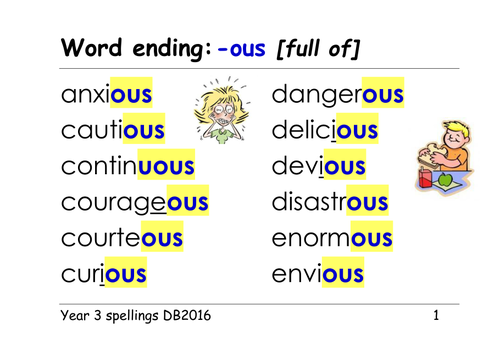


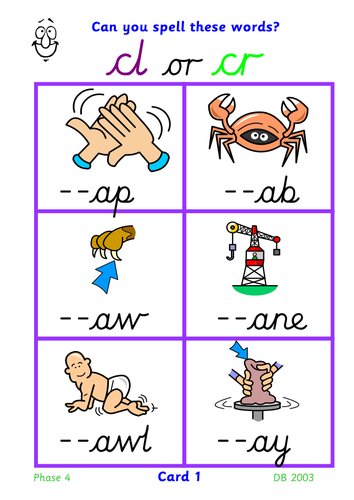
![Phase 3: [long] oo grapheme - powerpoint and activities](https://dryuc24b85zbr.cloudfront.net/tes/resources/11585541/image?width=500&height=500&version=1493060614066)
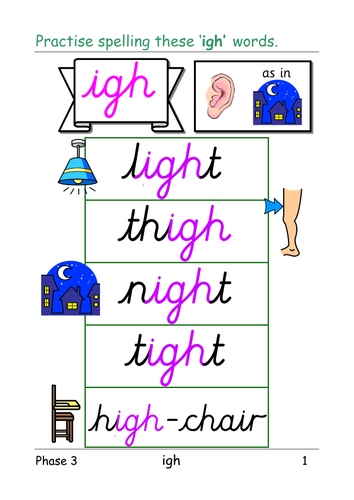
![Phase 3: [short]oo, ar, or, ur, ow - table cards.](https://dryuc24b85zbr.cloudfront.net/tes/resources/6449074/image?width=500&height=500&version=1493844727097)


![Phase 5 alternative spellings for u phoneme [some, month] table cards, revision grid, & ppt](https://dryuc24b85zbr.cloudfront.net/tes/resources/11079053/image?width=500&height=500&version=1491144586653)
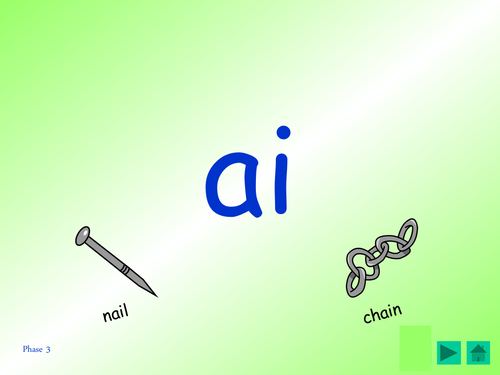
![Phase 5 alt. spellings for 'or' phoneme [claw, sauce, hall, door, core, pour caught] cards, ppt etc](https://dryuc24b85zbr.cloudfront.net/tes/resources/11097526/image?width=500&height=500&version=1491144586615)
![Phase 3: 'oi' sound [as in boil, avoid]: table/group cards, activities and power-point presentation.](https://dryuc24b85zbr.cloudfront.net/tes/resources/11265894/image?width=500&height=500&version=1491144586356)
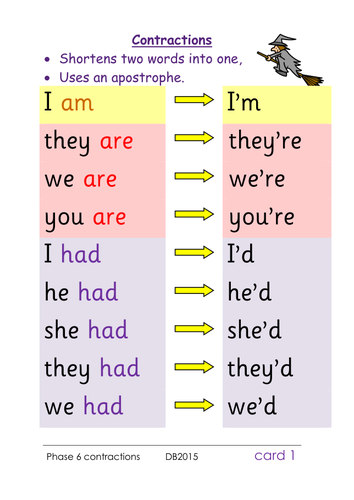
![Phase 5 alternative pronunciation of the letter e: [as in he, equal] table cards and presentation](https://dryuc24b85zbr.cloudfront.net/tes/resources/11049479/image?width=500&height=500&version=1493844725593)
![Phase 5: magic 'e' / split digraph [mixed] word table cards](https://dryuc24b85zbr.cloudfront.net/tes/resources/11061317/image?width=500&height=500&version=1519313385475)
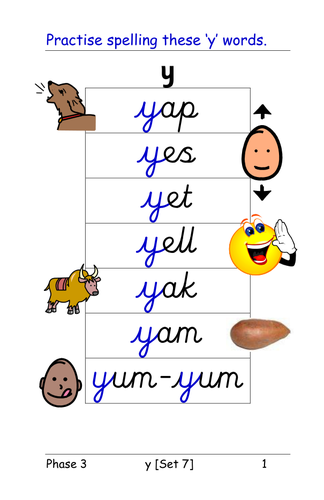
![KS1 Poetry - a powerpoint selection of poetry for KS1 topics [Art, Buildings, etc.] Over 100 poems!](https://dryuc24b85zbr.cloudfront.net/tes/resources/7508648/image?width=500&height=500&version=1519313411275)
![Phase 5: alternative pronunciations of y [as in cry, baby, gym], cards, pics, chart & ppt](https://dryuc24b85zbr.cloudfront.net/tes/resources/7513808/image?width=500&height=500&version=1519313483282)
![Phase 5 alternative pronunciations: Draw the 'sound buttons' [sausages and beans]](https://dryuc24b85zbr.cloudfront.net/tes/resources/11014172/image?width=500&height=500&version=1519313337850)
![Phase 5: o-e grapheme [magic 'e' - split digraph]: activities, game and presentation.](https://dryuc24b85zbr.cloudfront.net/tes/resources/7504641/image?width=500&height=500&version=1519313483492)